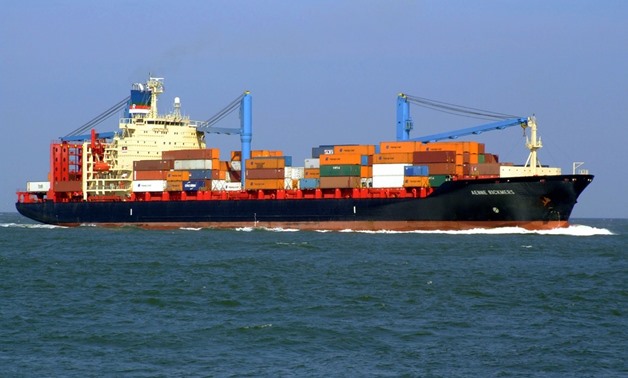
FILE - Exports
CAIRO – 18 June 2018: Trade Exchange between Egypt and East European countries recorded $4.2 billion during the first quarter of 2018, the state statistic body said.
The official statement revealed that the Egyptian exports to these countries reached $1.1 billion, compared to $878.2 million during the same period of 2017.
Turkey, Russia and Greece came on top of the East European countries that imported the Egyptian products in the first three months of the current year.
Egypt’s exports to Turkey, Russia and Greece reached $536.5 million, $192.3 million and $126.5 million, respectively.
On the other hand, the Egyptian imports from East European countries hit $3.1 billion in the January -to-March period of 2018, according to the statement.
Generally, Egypt’s total imports recorded $17.8 billion in Q1 of 2018, while the exports reached $7.2 billion, in which the East European countries allocated 17 percent of the imports and 15 percent of the exports.
The East European countries that Egypt traded with during the first quarter of the year were Greece, Ukraine, Cyprus, Hungary, Bulgaria, and Turkey.
Head of the General Organization for Export and Import Control Ismail Gaber said earlier that Egypt’s non-petroleum exports recorded $10.7 billion during the first five months of 2018.
Gaber added that exports in May reached $2.07 billion, in which $1.58 billion went for non-oil and non-manufacturing exports and $489 million for food exports.
The Central Agency for Public Mobilization and Statistics (CAPMAS) announced in May that Egypt’s exports in the first two months of 2018 recorded $4.5 billion, compared to $4 billion in the same period of 2017.
In 2017, Egypt's non-oil exports rose 10 percent to $22.42 billion, up from $20.41 billion in 2016.
Egypt’s exports revived after the flotation of the Egyptian currency by losing about 50 percent of its value, making the Egyptian exports attractive to foreign markets.
Former Minister of Industry and Foreign Trade Tarek Kabil said that Egypt’s non-petroleum exports rose 16 percent during the first four months of 2018, recording $8.64 billion, compared to $7.43 billion during the same period of 2017.
Kabil stressed that the positive indicators of the Egyptian foreign trade reflect the success of the 2020 strategy.
The 2020 strategy was launched in November 2016 by Kabil. It includes five main axes: industrial development, small and medium enterprises (SMEs) development and entrepreneurship, export development, training and technical education development, and corporate governance and development.
The strategy aims at increasing exports in the first place after strengthening the local industry.
The ministry seeks during the current period to enter new markets, expand in traditional markets and make full use of trade agreements signed with a large number of countries and economic blocs around the world to boost Egyptian exports to foreign markets.

Comments
Leave a Comment